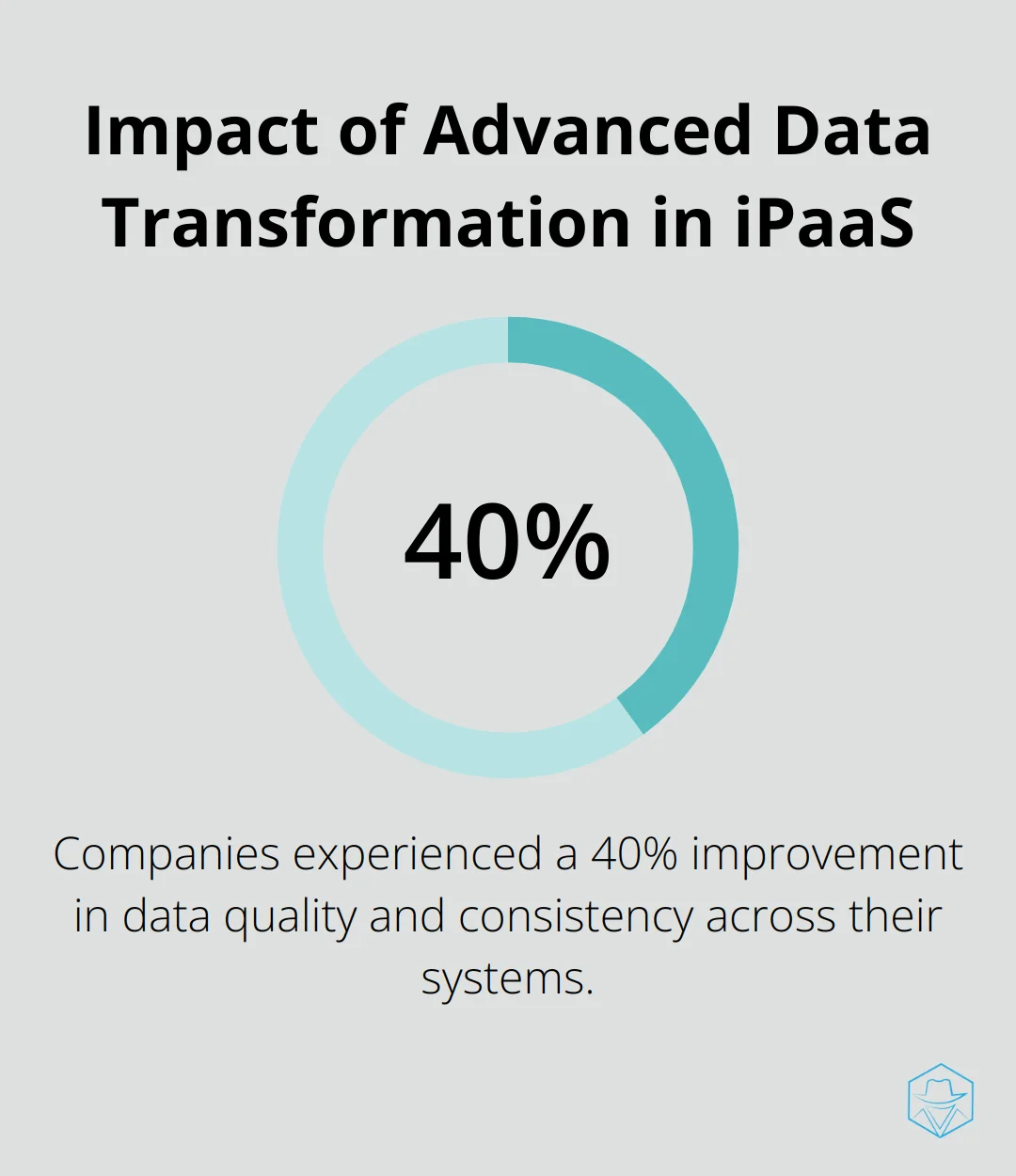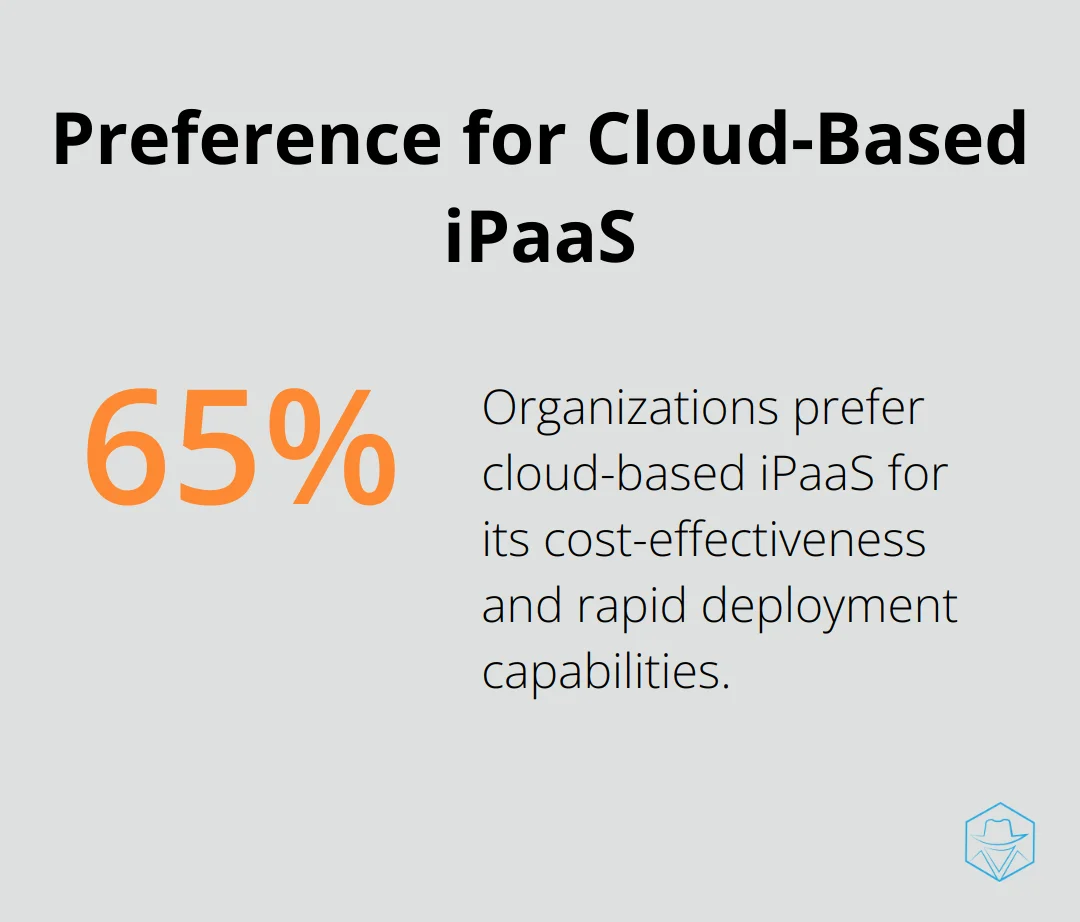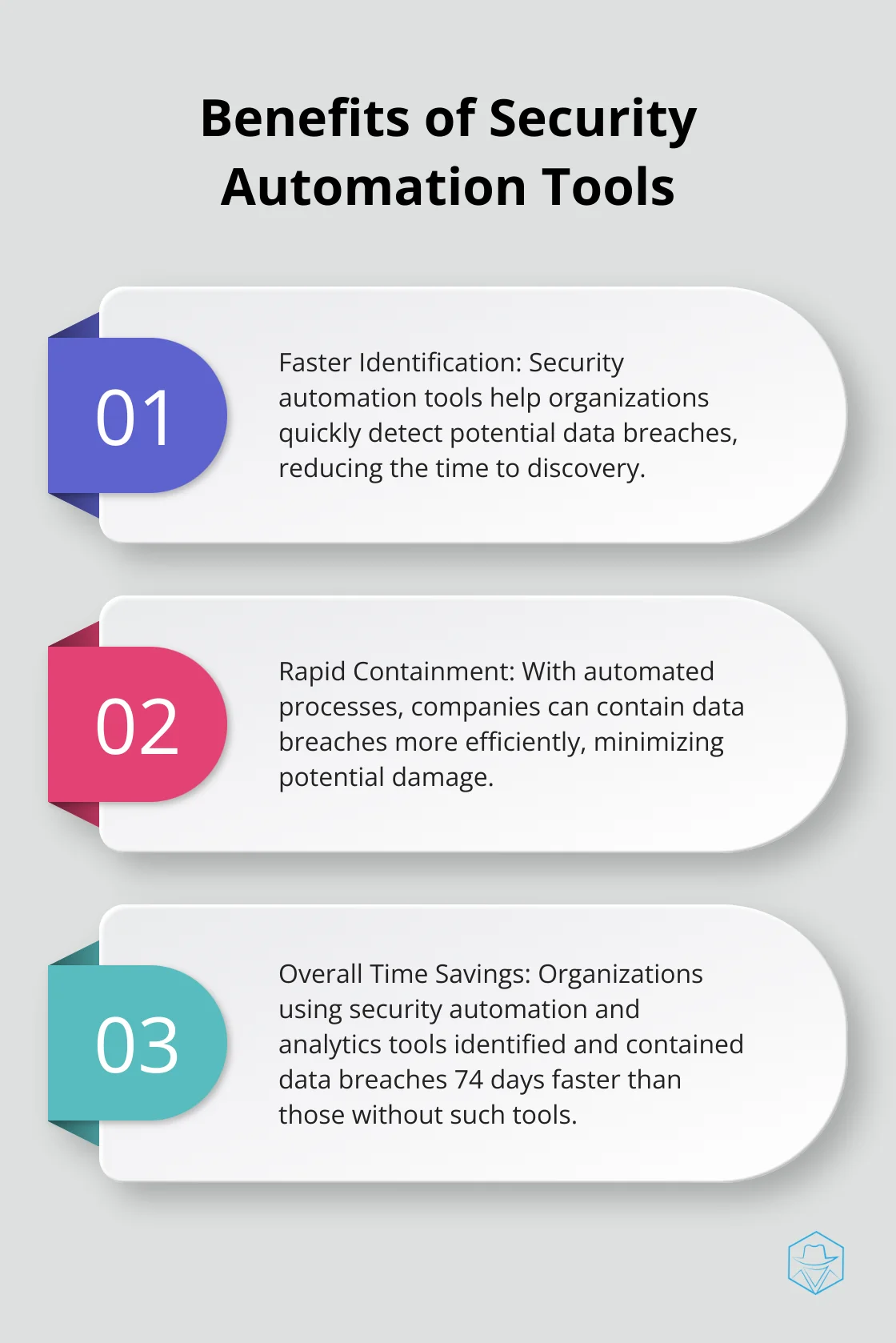Understanding iPaaS Architecture and Its Components

At Drop Cowboy, we’ve seen firsthand how iPaaS architecture revolutionizes business integration. This powerful technology streamlines operations and enhances connectivity across diverse systems.
In this post, we’ll break down the key components of iPaaS architecture and explore different models. We’ll also dive into security considerations, helping you choose the right solution for your organization’s needs.
Key Components of iPaaS Architecture
iPaaS (Integration Platform as a Service) architecture consists of several essential components that work together to enable seamless integration. These components form the foundation of the architecture, allowing businesses to connect different systems, transform data, and automate processes efficiently.
Integration Engine
The integration engine serves as the powerhouse of iPaaS architecture. It orchestrates the flow of data between various applications and systems. A robust integration engine can significantly reduce the time and effort required for complex integrations. For example, some organizations have reported up to a 70% reduction in integration development time when using a well-designed iPaaS solution with a powerful integration engine.
Connectors and Adapters
Connectors and adapters are pre-built components that facilitate quick and easy connections to various applications and data sources. These can include popular CRM systems, ERP platforms, databases, and cloud services. A recent survey by Gartner indicates that organizations using iPaaS solutions with extensive connector libraries can reduce integration project timelines by up to 65%.
Data Mapping and Transformation Tools
Data mapping and transformation tools play a vital role in ensuring that data from one system can be understood and utilized by another. These tools allow users to define rules for data conversion, cleansing, and enrichment. A study by Forrester Research found that companies using advanced data transformation capabilities in their iPaaS solutions experienced a 40% improvement in data quality and consistency across their systems.

API Management
API management capabilities are essential for creating, publishing, and managing APIs within the iPaaS environment. This component enables organizations to expose their data and services securely to internal and external consumers. A report by MuleSoft suggests that companies that effectively leverage API management within their iPaaS architecture see a 60% increase in the speed of integration project delivery.
Workflow and Process Automation
Workflow and process automation tools allow businesses to create complex, multi-step integrations that span multiple applications and systems. These tools often include visual designers that make it easy for non-technical users to create and manage integration workflows. A study by IDC revealed that organizations using iPaaS solutions with strong workflow automation capabilities saw a 35% reduction in manual data entry errors and a 25% increase in overall operational efficiency.
Understanding these key components helps businesses make informed decisions when selecting an iPaaS solution. The next section will explore different iPaaS architecture models and how they cater to various organizational needs and requirements.
iPaaS Architecture Models: Tailoring Integration to Your Business Needs
iPaaS architecture models come in various forms, each designed to meet specific organizational requirements. Let’s explore the four main iPaaS architecture models and their unique advantages.
Cloud-Based Architecture
Cloud-based iPaaS architecture is the most common model, offering flexibility and scalability. This model hosts all integration components in the cloud, allowing for easy access and management from anywhere. A recent Gartner report indicates that 65% of organizations prefer cloud-based iPaaS for its cost-effectiveness and rapid deployment capabilities.

Cloud-based architecture excels at handling large-scale integrations without on-premises infrastructure. This model benefits businesses with multiple locations or remote teams. A global retail chain using cloud-based iPaaS reported a 40% reduction in integration-related IT costs and a 30% improvement in data synchronization across its stores.
Hybrid Architecture
Hybrid iPaaS architecture combines cloud and on-premises components, offering a balance between flexibility and control. This model suits organizations with strict data residency requirements or legacy systems that cannot move to the cloud.
A Forrester Research survey found that 55% of enterprises adopt hybrid iPaaS to maintain compliance while leveraging cloud benefits. A healthcare provider using hybrid iPaaS architecture kept sensitive patient data on-premises while integrating it with cloud-based analytics tools, resulting in a 25% improvement in patient care coordination.
On-Premises Architecture
On-premises iPaaS architecture remains essential for organizations with stringent security requirements or those in highly regulated industries. This model keeps all integration components within the organization’s physical infrastructure, providing maximum control over data and processes.
While less common, on-premises architecture plays a vital role in certain scenarios. A financial institution chose on-premises iPaaS to comply with local regulations, resulting in a 50% reduction in compliance-related risks and a 20% increase in data processing speed for critical transactions.
Multi-Cloud Architecture
Multi-cloud iPaaS architecture gains traction as organizations seek to avoid vendor lock-in and optimize performance across different cloud providers. This model allows businesses to distribute their integrations across multiple cloud platforms, enhancing resilience and flexibility.
An IDC study revealed that 73% of enterprises adopt multi-cloud strategies, with iPaaS playing a key role in managing cross-cloud integrations. An e-commerce company leveraging multi-cloud iPaaS reported a 35% improvement in application performance and a 45% reduction in downtime during peak sales periods.
Selecting the right iPaaS architecture model depends on various factors (organization size, industry regulations, existing infrastructure, and long-term goals). A thorough assessment of your integration needs and consultation with experts will help determine the most suitable architecture for your business. The next section will address the critical aspects of security and compliance in iPaaS architecture, ensuring your chosen model aligns with your data protection requirements.
Securing Your iPaaS: Protecting Data and Ensuring Compliance
At Drop Cowboy, we recognize the importance of security and compliance in iPaaS architecture. As businesses rely more on integrated systems, protecting sensitive data and meeting regulatory requirements becomes essential. This chapter explores key aspects of securing your iPaaS environment and ensuring compliance.
Encryption and Data Protection
Strong encryption measures safeguard data in transit and at rest. The average cost of a data breach reached $4.35 million in 2022 (IBM Security report). To mitigate this risk, we recommend industry-standard encryption protocols such as AES-256 for data at rest and TLS 1.3 for data in transit.
Many organizations overlook data masking and tokenization. These techniques reduce the exposure of sensitive information during integration processes. Companies using data masking techniques reduced the probability of a data breach by 36% (Ponemon Institute study).
Identity and Access Management
A robust Identity and Access Management (IAM) system maintains the security of your iPaaS environment. Multi-factor authentication (MFA) should be mandatory for all users accessing the iPaaS platform. MFA can block 99.9% of account compromise attacks (Microsoft).
Role-based access control (RBAC) is another essential feature in an iPaaS solution. RBAC defines granular permissions based on user roles, ensuring employees only access necessary data and functions. Organizations implementing RBAC reduced help desk calls related to access issues by 30% (Gartner survey).
Compliance Features
Select an iPaaS solution with built-in compliance features aligned with relevant regulations (e.g., GDPR, HIPAA, PCI DSS). Look for platforms that provide data residency options, allowing data storage in specific geographic locations to meet local data protection laws.
Automated compliance checks and reporting capabilities save time and resources. Organizations using automated compliance tools reduced time spent on compliance-related tasks by 25% (Osterman Research study).
Audit Trails and Logging
Comprehensive audit trails and logging capabilities are essential for maintaining security and demonstrating compliance. Your iPaaS solution should provide detailed logs of all system activities, including user actions, data access, and integration processes.
Real-time alerting for suspicious activities enables rapid incident response. Organizations with security automation and analytics tools identified and contained data breaches 74 days faster than those without such tools (Ponemon Institute).

Final Thoughts
iPaaS architecture revolutionizes business integration by streamlining operations and enhancing connectivity across diverse systems. The core components of iPaaS, including the integration engine, connectors, and data mapping tools, form the foundation for robust integration solutions. Organizations must select the right iPaaS architecture model to align with their specific needs, regulatory requirements, and long-term goals.
The future of iPaaS architecture will likely incorporate artificial intelligence and machine learning to enhance data processing and decision-making capabilities. Advanced security features and improved cross-platform compatibility will address the evolving threat landscape and complex integration scenarios. These developments will help businesses stay agile, efficient, and competitive in an increasingly digital landscape.
For businesses looking to combine iPaaS with cutting-edge communication tools, Drop Cowboy offers a comprehensive platform that integrates ringless voicemail, SMS, and AI-powered voice cloning. Our solution complements iPaaS architecture by providing additional channels for customer engagement and marketing automation. The integration of these technologies will empower organizations to drive their integration strategies forward and achieve greater operational success.
blog-dropcowboy-com
Related posts

June 2, 2025
Top-Rated Real Estate CRM: Boost Your Agency’s Efficiency
Boost your agency’s efficiency with a top-rated real estate CRM. Discover essential features and advantages for streamlined operations today.

June 2, 2025
How to Streamline Accounting with Microsoft Dynamics GP
Streamline accounting with Microsoft Dynamics GP, boosting efficiency and accuracy. Uncover tools and tips for seamless financial management.

August 13, 2025
Vm drop
Boost engagement with effective Vm Drop strategies. Learn how to maximize outreach, improve conversions, and supercharge your communication efforts.

August 4, 2025
Why does my call go straight to voicemail
Learn why your call goes straight to voicemail and explore practical solutions to improve connectivity and ensure smooth communication with Drop Cowboy.

April 14, 2025
How to Integrate CJ Dropshipping with Shopify
Integrate CJ Dropshipping with Shopify easily and boost your e-commerce success. Get practical tips and seamless solutions for your online store today.

August 22, 2025
Unlock the Power of SMS Analytics for Better Campaigns
Enhance campaigns with SMS analytics. Learn how real-time insights boost engagement and increase conversion rates today.